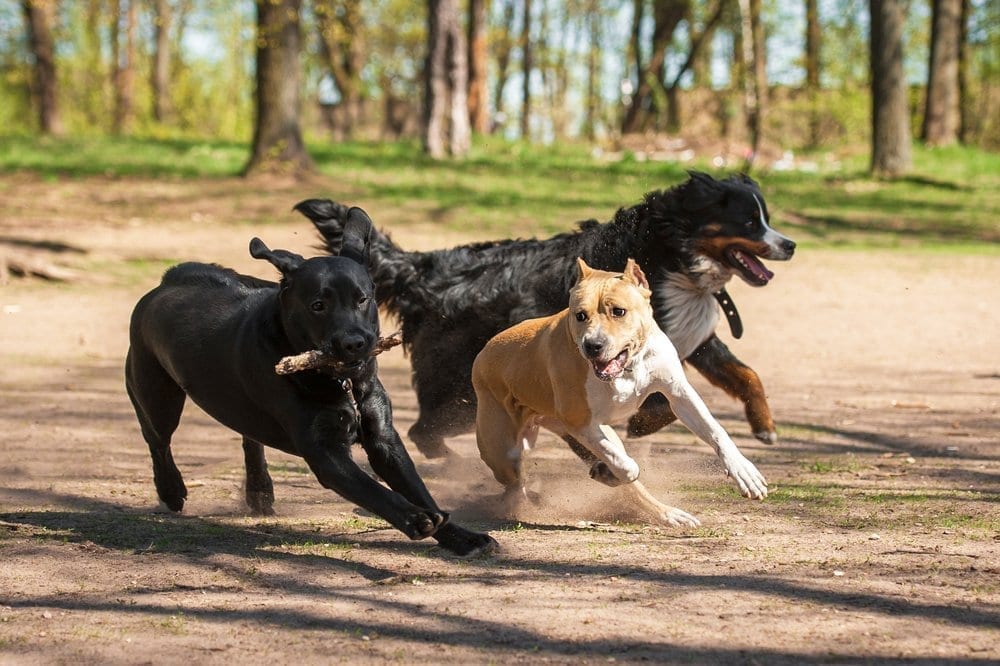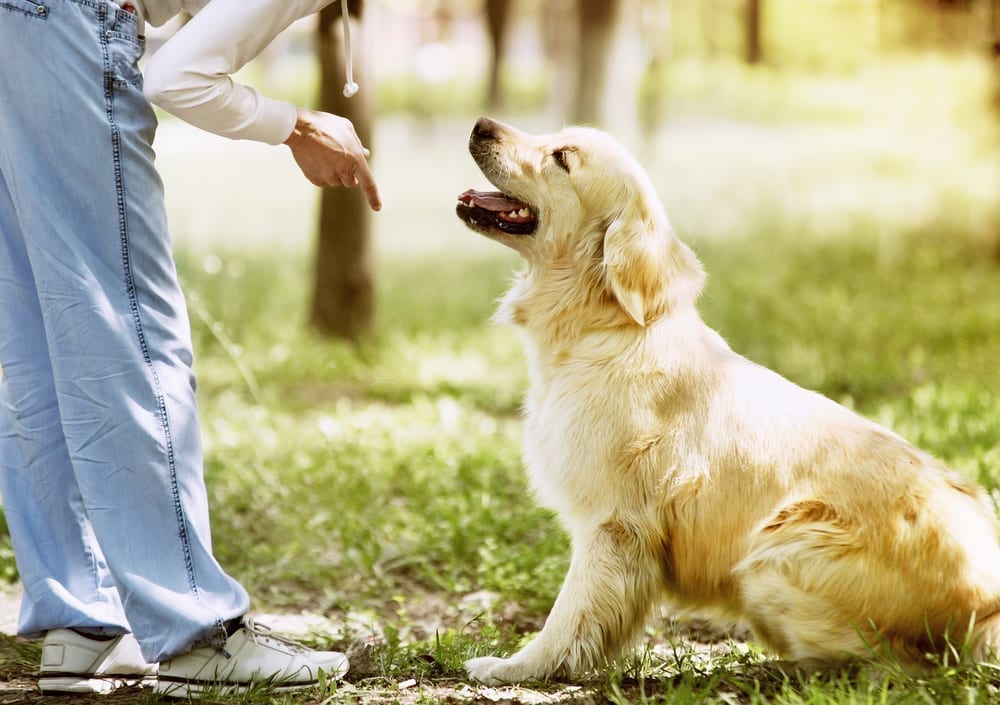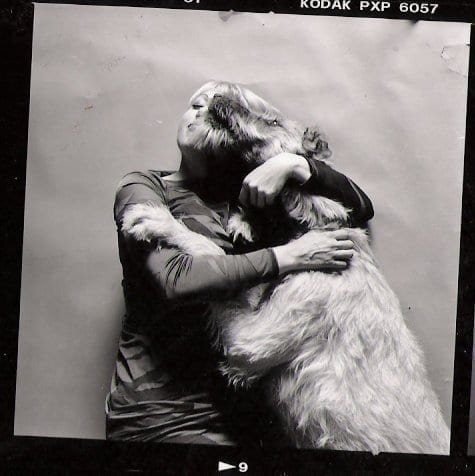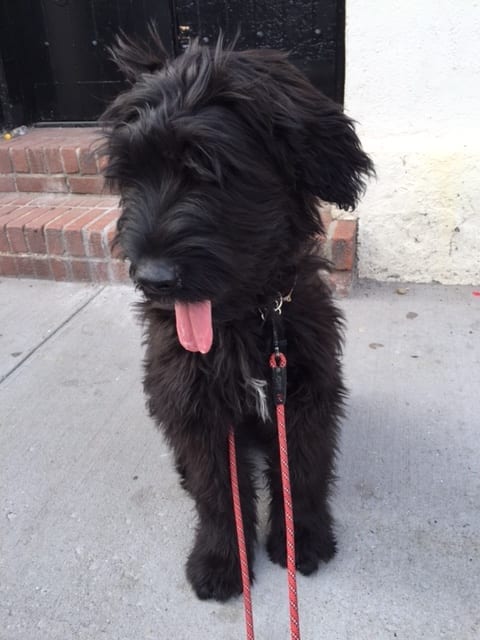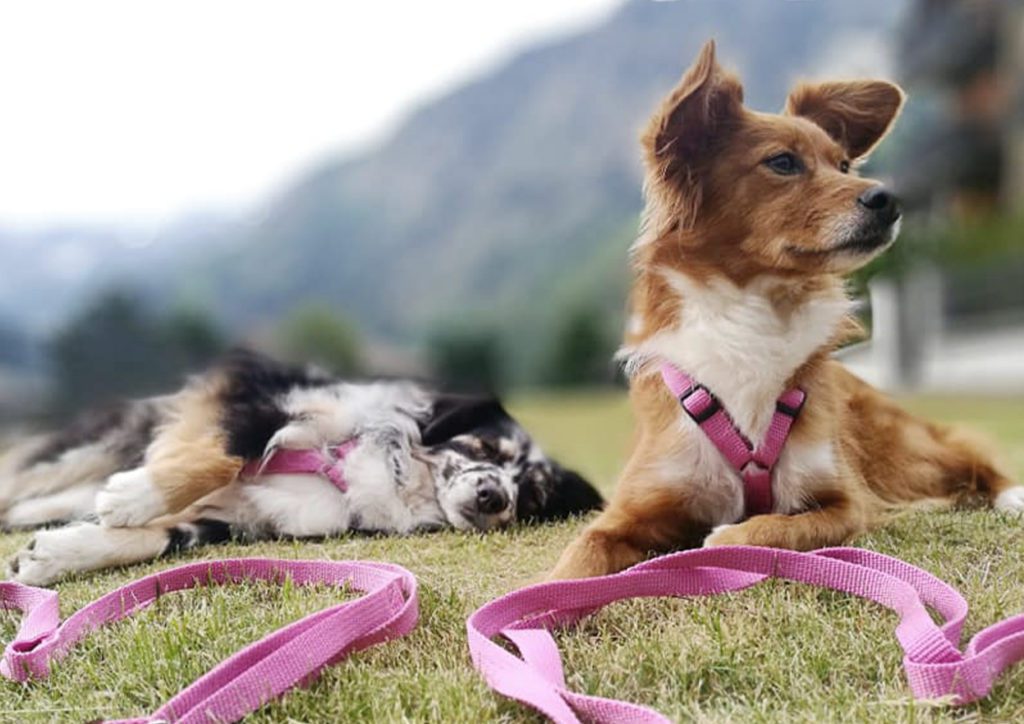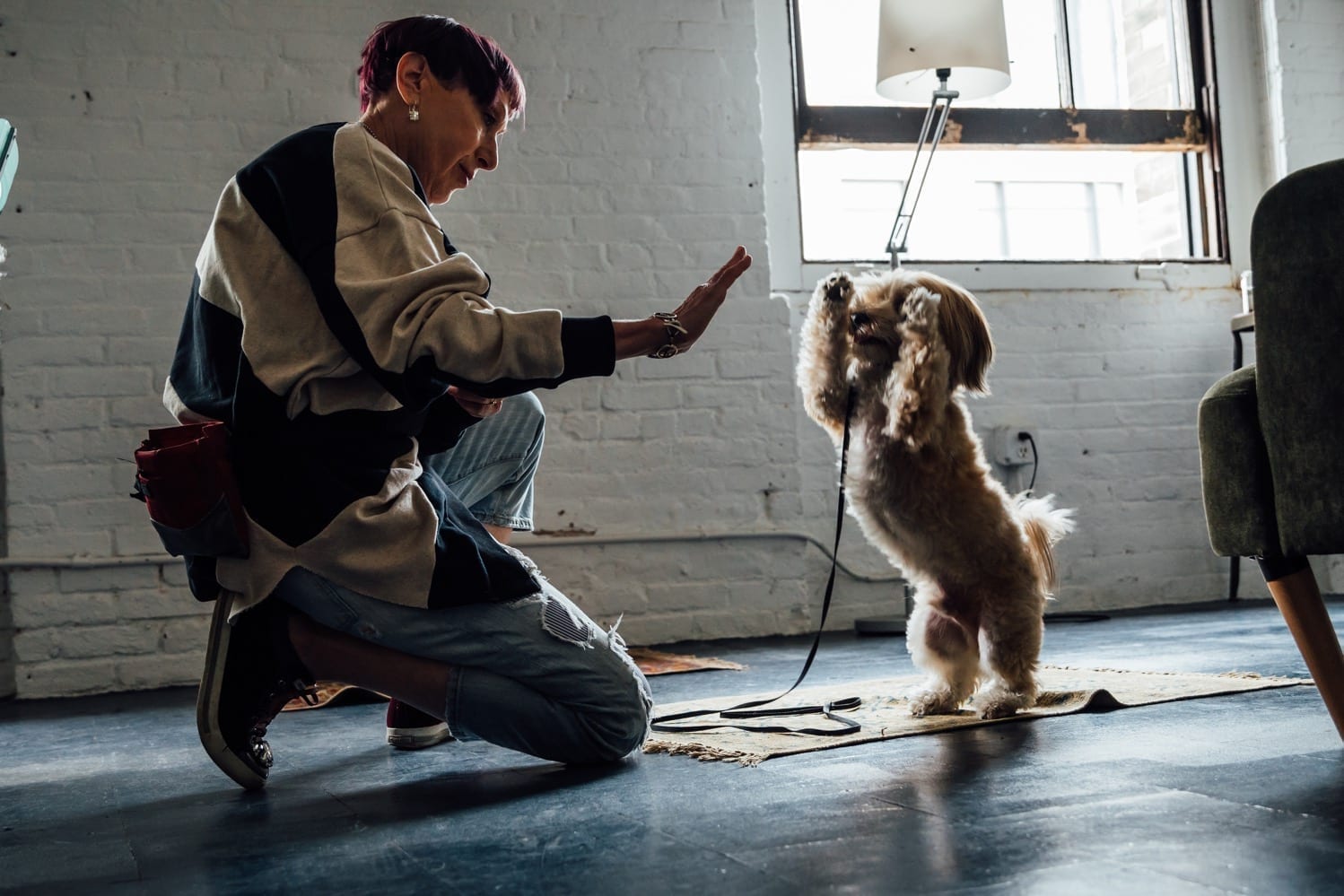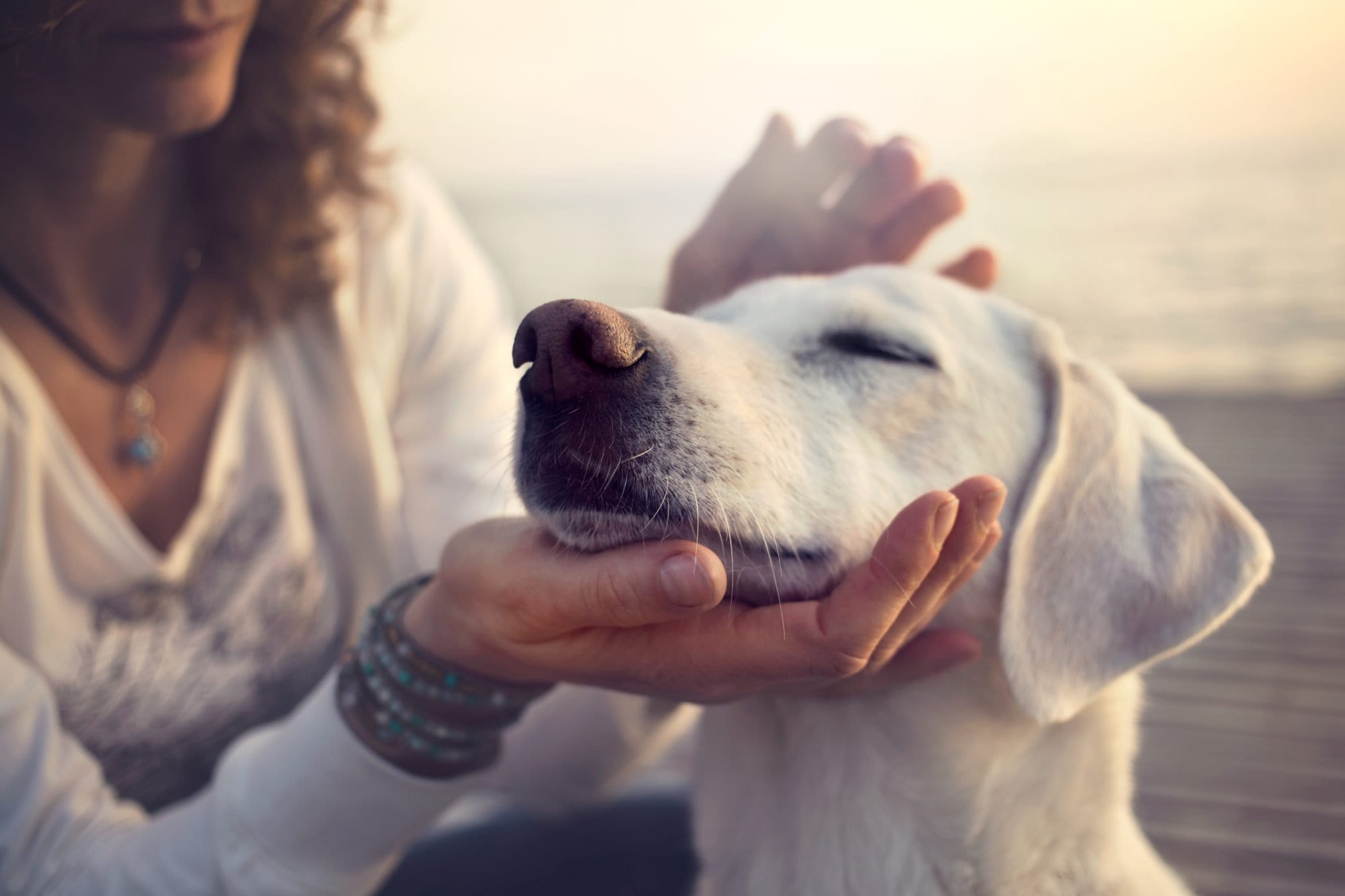Dogs as Gamblers
All Rights Reserved
Take a moment to recall the best-trained animal you’ve ever seen. Maybe it was a dolphin leaping during a show at an oceanarium, a chicken playing a tiny piano at a fair, or a dog guiding his blind handler through a busy intersection. These performances amaze us with their level of behavioral complexity and precision. They can also lead us to comparisons with our own pet dogs. Why can’t Spot be that attentive, enthusiastic and hard-working?
Rather than blame your dog’s flawed genetics or lazy temperament, consider using the techniques professional trainers employ to achieve these impressive results. One of the most essential tools is variable reinforcement. In this training method, the payment, or reinforcement, the animal receives for correctly performing a requested behavior differs from one instance to the next. The payments can vary in type or amount or delivery. Think of a scratch lottery ticket where the prizes range from nothing at all to a free lottery ticket to $5.00 to huge monthly cash payments for life. The player’s “correct” behavior remains the same – buy a ticket and scratch off the surface – but the consequences vary from one instance to the next.
This type of unpredictable reward in return for a relatively low-cost behavioral investment can create intensely persistent habits. It’s why gambling can become so addictive. The next lottery ticket, or pull on the slot-machine lever, or spin of the roulette wheel might be the big one. Large pay-offs are rare, but possible. And small pay-offs are distributed in a way to maintain the player’s interest and perseverance.
You can use this principle of variable reinforcement to turn your dog into a training fanatic. First, list all the behaviors your dog knows well and can perform on command (i.e., in response to a verbal or visual cue from you). These might include sit, lie down, come, stay, spin, speak, shake, beg, heel, etc. If your dog responds to particular commands only occasionally (i.e., less than half the time) or doesn’t perform the complete movement, then these behaviors are not yet ready for variable reinforcement. They need additional basic training using continuous reinforcement, the payment plan in which an animal gets paid for every correct response. This consistent payment, or reinforcement, can be a bit of food, a bout of play, petting, praise or anything else the dog enjoys.
Once you have a list of behaviors your dog knows fairly well, it’s time to brainstorm the many ways you can reinforce these behaviors. Here are examples to consider:
- Type of reward
- Food: dry dog kibble, packaged dog treats, real meat pieces, hot dogs, peanut butter, squeeze cheese, tortellini; cat food
- Play: a ball toss, tug, chasing the trainer, a new squeaky toy, a romp with a canine friend; a swim in a pond
- Other: verbal praise, petting; having the trainer scratch an itchy spot on the dog; the opportunity to smell a piece of animal pelt; the opportunity to perform a favorite behavior
- Amount of reward
Ranging from barely noticeable (just a bit of food or a few seconds of play) to surprisingly large (an entire meal or a whole hamburger or a 5-minute game of tug) - Delivery of reward
How?
Food can be handed to the dog’s mouth, scattered widely on the ground, tossed in the air, or delivered in a food-dispensing hollow toyHow often?
This can vary by the number of behaviors the dog has to perform correctly before getting a reward (e.g., every third correct “sit”, on average, gets rewarded) or by the duration of time that has elapsed since the last reward (e.g., after every 15 seconds, on average, the dog gets rewarded for staying in the “down” position).
Combine these – and further options limited only by your creativity – to create a “menu” of at least ten reinforcement options for your dog.
Now you can begin to introduce some variety into your training practice. Gradually become more surprising and random in the way you reward your dog for performing behaviors she knows well. Your goal is to be unpredictable: your dog should not be able to anticipate the reward she’ll earn if she does what you request. And, of course, you shouldn’t indicate to your dog up-front (i.e., before she performs the behavior) what the reward will be. For example, don’t wave a hot dog in the air and then call “come.” That’s bribery and it will back-fire by producing a dog who complies only after seeing what’s in it for her. It also ruins your goal of becoming unpredictable.
It takes some effort to maintain an unpredictable reward schedule, but great trainers know that this effort pays off in spades. It will allow you to wean your dog off constant food rewards for good behavior. Plus, it will create a “gambling” dog — one who continues to eagerly perform behaviors that earn no immediate pay-off because she is convinced the thrill of a jackpot is just one “sit” away.



